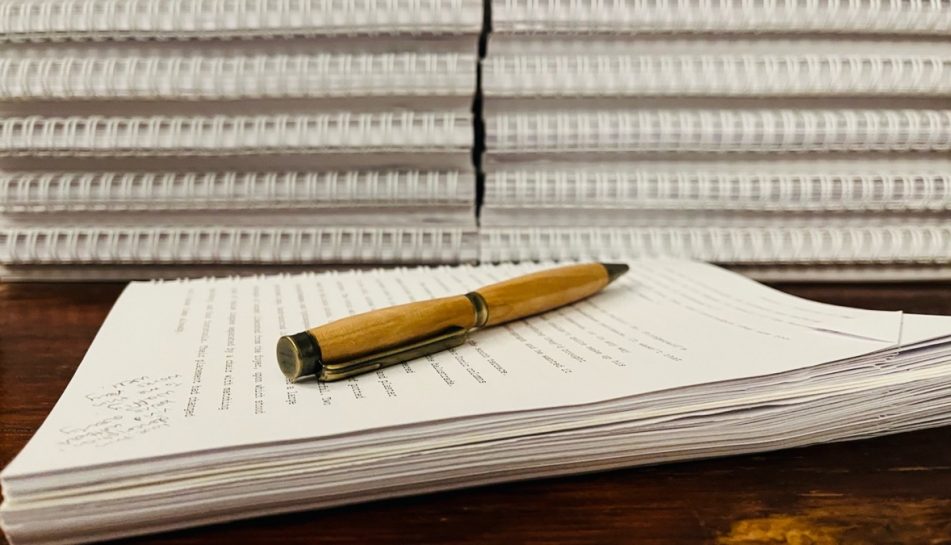I posted on Threads back in January about my approach to beta reading for Avarice of Empire, and how the practical, creative and experiential benefits of the process were becoming apparent. I thought it was worth talking about here in a bit more depth.
What Is A Beta Reader?
Coming from a digital marketing background, the importance of beta testing software, websites, apps and so on is something I’ve long taken for granted. However, I confess it wasn’t until last year that I learned some authors also use a kind of beta testing to gather feedback on their work. It sounded like a wise idea to me.
To attempt a definition, a beta reader is someone an author trusts to read a draft of their manuscript once it’s at an advanced stage and has been proofed. They then provide detailed feedback about aspects like structure, readability, story arc, and characterisations, which the author may choose to take into account when refining the book further before continuing towards publication.
Beta Reader Selection
When I first started thinking about organising a phase of beta reading for Avarice of Empire I envisaged it might involve 10-15 people. However, the list grew and in the end a total of 22 people agreed to beta read for me. With the exception of a couple of close friends, whose objectivity I knew I could rely on, they are all relatively impartial acquaintances. Historical fiction is a favourite genre for three of them, while for everyone else its either a rarity or an entirely new reading experience.
The beta reading group is highly diverse in terms of age, nationality, education, career, etc. English is a second language for several, and two are doubling as cultural sensitivity readers.
Crucially, half the group were made aware in advance of the “…by the hand of an assassin…” wording on Charles Agnew’s memorial at Canterbury Cathedral, while the other half began reading with no background information about the story at all.
Beta Reading Book Format
I wanted people to be able to read off the page instead of on screen, and in a format that was comfortable to sit with, so I invested in having the manuscript printed across three wirebound A5 booklets. To encourage people to use them as working documents, the booklets resemble notebooks and are intentionally very plain.
What I Asked Beta Readers To Do
I specifically asked beta readers not to concern themselves with proofing the manuscript, but rather to simply read it as they would any other novel and (hopefully) immerse themselves in the story. If they happened to spot errors along the way, they were of course welcome to highlight them.
The group was encouraged to annotate the booklets with wild abandon — the good, the bad, the confusing, and the whatever else.
Gathering Beta Reader Feedback
Qualitative feedback is coming to me in the form of annotated booklets and, in some cases, with a beta reader’s additional notes about their thoughts, questions, and suggestions.
To get around any doubts about impartiality, I wanted to ensure everyone had an anonymous way to provide some overall, quantitative feedback as well. To do that I created a brief online survey, which asks a number of “To what extent…” type questions requiring 0-10 rating answers.
Beta Reading Benefits
Now that I’m a couple of months in to the process, the benefits of beta reading are abundantly clear. They include:
- Additional proofing (even though that wasn’t the original intention)
- Understanding the different ways people engage with characters, story, language, and themes
- As trends emerge, identifying potential areas for revision
- Gathering commentary and data that may be relevant in conversations with agents, editors, and publishers
- Getting the satisfaction of people enjoying reading what you’ve written!
I will publish a ‘Part Two’ on this subject once I’ve received and analysed the feedback from my beta readers. In the meantime, what about you? Do you enlist the help of beta readers? How have you approached the process in the past? Will you do things differently next time? What’s the most significant thing you’ve learned from beta reading? Please do share your thoughts in the comments below.



